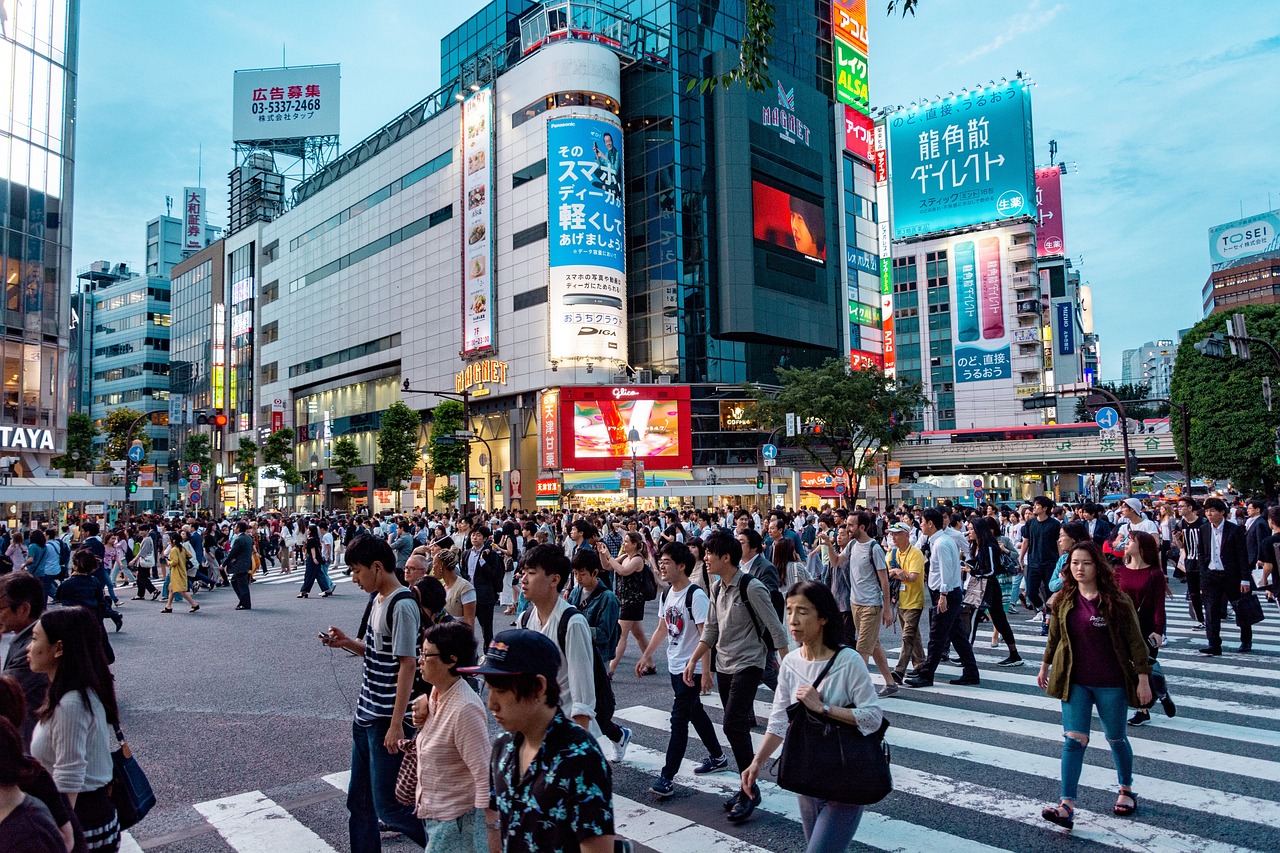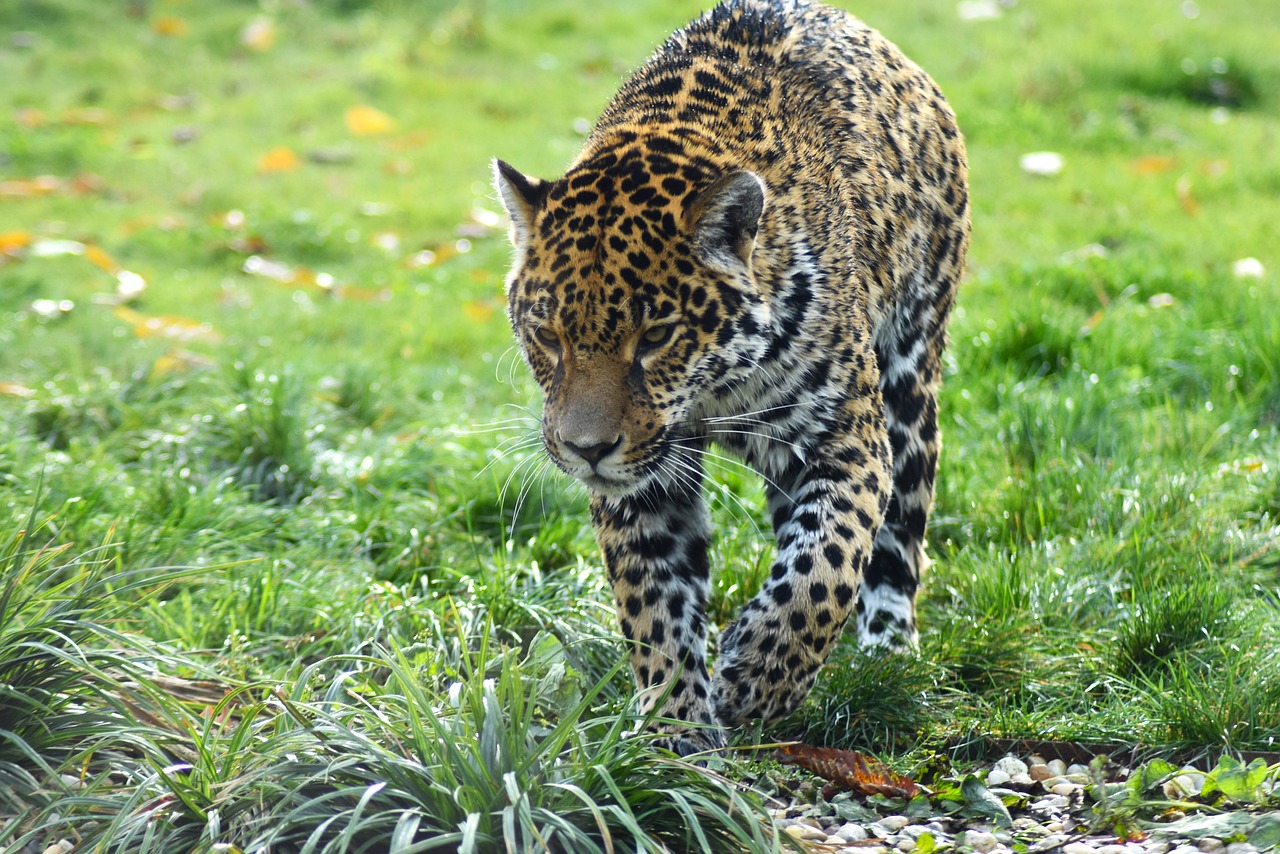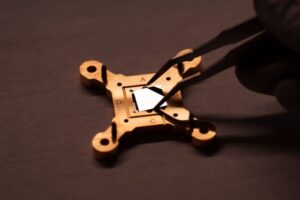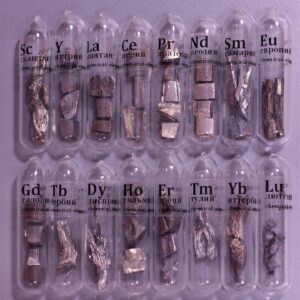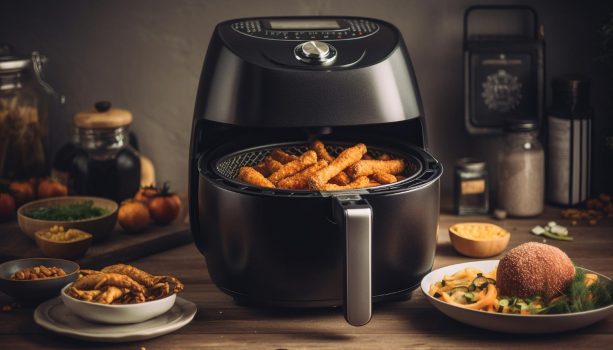 Pin
Pin Image by Freepik
Air fryers are fast becoming the heart of many modern kitchens. People often ask: What is Air fryer? It’s not just a trendy gadget—it’s a countertop appliance that circulates hot air around food to cook it evenly. Think of it like a small convection oven, but more efficient. The heating element and powerful fan create that crispy outer layer most of us crave, without needing to soak food in oil. That’s the hook: crispiness without the calories or mess of deep frying.
But this isn’t just about health. Air fryers save time, cut down cleanup, and handle everything from fries to chicken to desserts. For working parents, busy students, or anyone craving a quicker meal, this is a practical upgrade. And when you factor in less oil usage, it becomes a money-saver, too. That’s why so many people are swapping traditional frying pans for this sleek little machine.
Table of Contents
Who Invented the Air Fryer and How It All Started
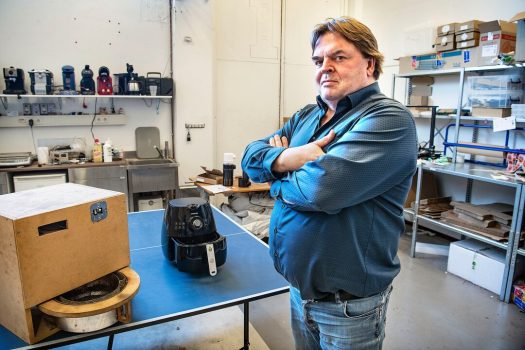 Pin
Pin Image by Guus Dubbelman / de Volkskrant
The air fryer wasn’t born in a high-tech lab overnight. It has roots in older convection oven technology, but the real breakthrough came in 2010 when a man named Fred van der Weij, a Dutch inventor, created the first modern air fryer. He wasn’t aiming to start a global trend—he simply wanted to cook crispy fries at home without all the oil and hassle. He noticed that convection heat combined with a compact space could achieve that perfect golden crunch with little or no oil. That insight led to the first prototype.
Philips, the electronics company, saw the potential and helped turn it into a commercial product. When they unveiled it at a consumer electronics show in Berlin, it sparked curiosity and excitement. People were drawn to the idea of healthier fried food. Since then, many brands have entered the market with their own versions, but the core principle remains the same.
Fred’s invention wasn’t just about convenience—it challenged the way people thought about cooking itself.
How Air Fryers Work Without Needing Much Oil
 Pin
Pin Image from Researchgate
The biggest selling point of an air fryer is that it cooks crispy food with hardly any oil. But how does that actually happen? It’s all about hot air and circulation. Inside the air fryer, a heating element warms the air quickly. A powerful fan then pushes that hot air around the food at high speed. This rapid circulation is what gives food its browned, crispy texture—kind of like deep frying, but without submerging it in oil.
When a small amount of oil is used—sometimes just a light spray—it coats the food enough to promote browning without soaking it. The hot air then activates the Maillard reaction, which is the chemical process that gives browned food its color and flavor. You get the crunch and taste, but without the grease.
Instead of using cups of oil for deep frying, air frying might only need a teaspoon or none at all. That’s not only healthier but also cuts down on cost, mess, and cleanup time. Less oil, same delicious bite.
Efficiency in Cooking Time and Energy Use
 Pin
Pin Image @aallinonestore / Instagram
One thing people notice fast after getting an air fryer is just how quick it is. Preheating takes just a few minutes, and most meals are done in half the time it takes with a regular oven. That speed isn’t just about convenience—it also means using less electricity. Traditional ovens take longer to heat up and cook food, which means they draw power for a longer period. Air fryers, with their compact size and intense air circulation, do the job faster and more efficiently.
It’s not only about fast cooking either. Air fryers don’t heat up your entire kitchen, especially during summer. This helps reduce the need for fans or air conditioning running while you’re trying to cook. That’s an indirect energy saver most people don’t think about.
Because the air fryer concentrates heat in a small space and moves it constantly, it avoids wasted energy. That makes it a great tool for anyone trying to lower their electricity bill without sacrificing good food.
How Air Fryers Help Reduce Oil Consumption
Cutting back on oil is one of the biggest benefits of using an air fryer. Instead of pouring oil into a deep fryer or pan, most air fryer recipes call for a light brush or a quick spray. Some don’t need any oil at all. That small change adds up over time—not just in your wallet, but also in your body. Less oil means fewer calories, less fat, and a lower risk of health issues like high cholesterol or heart disease.
Think about a batch of fries. Traditional deep frying might soak them in several cups of oil. An air fryer can give you the same crispy texture with less than a tablespoon. Plus, since there’s no leftover oil to drain or dispose of, cleanup becomes easier and safer.
The shift to minimal oil doesn’t mean sacrificing taste. Air fryers still give that golden crunch, especially when food is seasoned or marinated well. So you save oil, eat cleaner, and still enjoy satisfying meals.
Health Benefits of Using an Air Fryer
Switching to an air fryer isn’t just about convenience—it can genuinely support a healthier lifestyle. Deep-fried foods are often loaded with saturated fats, which increase the risk of heart disease, obesity, and high blood pressure. By cutting out most of the oil, air fryers reduce those risks without forcing you to give up the foods you love.
Less oil means fewer calories per meal. That’s helpful for anyone trying to lose weight or just maintain a balanced diet. Foods like chicken wings, fries, and nuggets can still be part of your meals—just in a lighter, cleaner way. And because air fryers cook quickly and evenly, nutrients in vegetables and proteins are often better preserved compared to long cooking methods.
Another overlooked benefit is avoiding the toxins that form when oil is reused or overheated. Air fryers remove that concern entirely since they use little to no oil. The result? Meals that taste good and feel better to eat, without the heavy, greasy aftermath.
What You Can Cook in an Air Fryer
People often think air fryers are just for fries or frozen snacks, but they’re surprisingly versatile. You can cook everything from crispy chicken wings and roasted veggies to grilled cheese, salmon, tofu, or even baked goods like cookies and muffins. It’s not a one-trick pony—it’s more like a mini oven with faster results and less cleanup.
For proteins, the air fryer locks in moisture while giving a nice outer crust. Chicken, fish, and meat stay juicy without needing a lot of oil or sauce. Vegetables roast beautifully with just a touch of seasoning, and they’re ready in minutes. Even reheating leftovers is better—foods regain their texture without turning soggy like in a microwave.
Some people even use the air fryer to cook full meals in batches, like air-fried rice or stuffed bell peppers. You don’t need to be a chef to use it—just a little curiosity and willingness to try. The variety of recipes out there keeps it fun and practical for everyday cooking.
Cleaning and Maintenance Made Simple
One of the underrated perks of owning an air fryer is how easy it is to clean. Traditional deep fryers leave behind greasy pots, oily counters, and sometimes even a lingering smell. With an air fryer, there’s no oil splatter and no messy pan to scrub. Most air fryer baskets and trays are non-stick and removable, which makes cleanup quick and simple. Some are even dishwasher safe, cutting the work down even more.
Because you’re not dealing with large amounts of oil, you also avoid that hassle of disposal. No more figuring out where to pour leftover grease. Just a quick wipe-down or rinse and you’re done. The interior of the fryer usually stays clean too, as the circulating air doesn’t cause much buildup.
Maintenance is minimal—just keep the fan area clear of crumbs and avoid metal utensils that could scratch the surface. A soft sponge and mild soap usually do the trick. It’s the kind of appliance you’ll want to use often, partly because it’s so low effort to keep ready.
Cost Comparison—Air Fryer vs Traditional Frying
At first glance, an air fryer might seem like an extra expense. But when you look closer, it often ends up saving money over time. Deep frying uses a lot of cooking oil, which adds up fast—especially with how often it needs to be replaced. Even a few liters of oil per month can take a chunk out of your grocery budget. With air frying, that cost almost disappears.
Air fryers also use less electricity than large ovens, especially since they cook food faster. This means lower power bills for people who use them regularly. And since they reduce the need for takeout by making quick, crispy meals at home, you could end up saving more without even realizing it.
The machine itself isn’t too pricey either. There are reliable models available at a range of prices, many under the cost of a few fast-food meals. Over time, fewer oil purchases, less electricity, and fewer takeout orders can really balance out the initial price of the fryer.
Should You Buy an Air Fryer? Final Thoughts
If your goal is to cook faster, healthier, and with less mess, an air fryer is worth serious consideration. It simplifies the cooking process without compromising taste or texture. For anyone trying to cut back on oil, save time during busy weekdays, or just explore a new way of preparing meals, this tool checks all the boxes.
It’s not just a kitchen trend—it’s a functional upgrade for everyday life. You don’t need to be a health nut or a food geek to see the value. Even picky eaters and late-night snackers can benefit. The fact that it cooks quickly, saves oil, and cuts cleanup time is a solid win in any household.
Before buying, think about your cooking habits. If you enjoy fried foods but hate the mess and guilt that comes with them, this might be your favorite appliance. It won’t solve every kitchen problem, but for what it does, it delivers. And that’s what makes it worth having on the counter.
Tips for Using an Air Fryer Like a Pro
1. Don’t Overcrowd the Basket
Air needs space to circulate. If you stack food too tightly, it won’t crisp up evenly. Cook in batches for better texture.
2. Shake the Basket Midway
For fries, nuggets, or chopped veggies, give the basket a shake halfway through cooking. It helps everything brown evenly.
3. Preheat When Needed
Most air fryers heat up fast, but preheating for 2–3 minutes before adding food helps with even cooking, especially for meats.
4. Use a Light Spray of Oil
Even though it’s “oil-free,” a tiny mist of oil helps with browning and prevents sticking. Use a spray bottle for control.
5. Avoid Wet Batters
Dishes like tempura or pancake batter don’t do well. Instead, opt for dry coatings like breadcrumbs or panko.
6. Clean After Every Use
Wipe down and wash the tray and basket regularly. It keeps the appliance fresh and avoids smoke from leftover crumbs.
Recommended Dishes That Work Great in an Air Fryer
1. French Fries & Sweet Potato Fries
Crispy on the outside, soft on the inside, with only a teaspoon of oil.
2. Chicken Wings or Drumsticks
Perfectly golden and juicy, especially when marinated or dry-rubbed.
3. Stuffed Bell Peppers
Cooks fast and keeps the filling moist without needing foil or heavy oils.
4. Mozzarella Sticks & Veggie Nuggets
Crunchy snacks without the greasy mess. Add a little oil spray for extra crispiness.
5. Crispy Tofu Cubes
Great for vegans—season well and enjoy a chewy, flavorful bite.
6. Fish Fillets or Salmon
Cooks evenly without drying out. Add lemon slices or herbs for extra flavor.
7. Apple Chips or Banana Slices
For a sweet, healthy snack—no sugar needed.
8. Reheated Pizza or Leftovers
Way better than microwaving. Crisps it back up like new.
FAQs
Yes, you can cook most frozen foods straight from the freezer. Items like fries, nuggets, spring rolls, or even frozen samosas cook perfectly in an air fryer. You don’t need to thaw them—just adjust the time and shake the basket halfway for even crisping.
You don’t need oil, but a small amount can improve the texture and help certain foods crisp up better. A light spray or brush—about a teaspoon—is often enough. That’s still way less than pan frying or deep frying, and you’ll still get that golden-brown crunch.
Yes. Since air frying uses little to no oil, the fat and calorie count is significantly lower. You avoid the saturated fats found in reused or excessive oil, making your meals lighter and easier on your body without giving up on flavor.
For singles or couples, a 2 to 4-liter model works well. For families of 4 or more, a 5-liter or larger model is better. If you want to cook whole meals or large portions at once, a dual-basket or oven-style air fryer might be worth it.
Absolutely. You can make muffins, cookies, mini cakes, or even bread rolls. Just make sure to use oven-safe containers and keep an eye on cooking times—they’re usually shorter than in a traditional oven.



